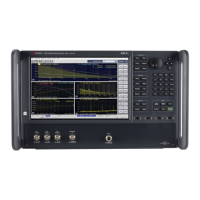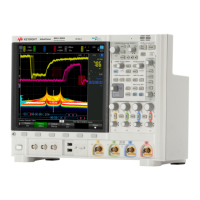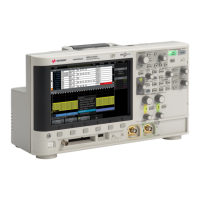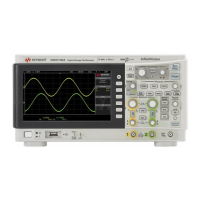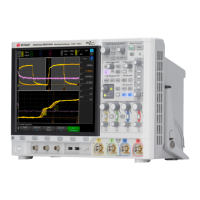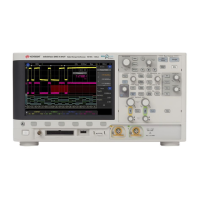Keysight EXG and MXG X-Series Signal Generators User’s Guide 219
Basic Digital Operation for N5172B/82B with Options 653/655/656/657
Using Finite Impulse Response (FIR) Filters in the Dual ARB Real-Time Modulation Filter
Using Finite Impulse Response (FIR) Filters in the Dual ARB
Real-Time Modulation Filter
Finite Impulse Response filters can be used to compress single carrier I/Q waveforms down to just
the I/Q constellation points and then define the transitions similar to the modulation filter in Arb
Custom (refer to “Using Finite Impulse Response (FIR) Filters with Custom Modulation” on
page 292). The key difference for dual ARB real-time modulation is that a filter is applied as the
waveform plays, rather than in the waveform data itself.
Finite Impulse Response filters can be created and used with both dual arbitrary waveform
generated waveforms and real-time baseband generated waveforms. For this example, the filter is
defined within the CDMA2000 digital communications format, a dual arbitrary waveform generated
state.
Figure 8-17 Filter Menu
Mode > Dual ARB > Arb Setup > More > Real-Time Modulation Filter >
This softkey changes, depending
on the selected filter–type.
Available only when the
Available only when the filter
selected = Gaussian
page225
page220
For details on each key, use key help as described on page56.
Opens the IS–95
filter selection
menu.
Enables or disables the Modulation Filter. This filter is typically applied to an Arb Waveform
containing just the I/Q symbol decision points. The Modulation Filter then effectively
defines the transitions between the symbol decision points. This means that the filter must
have an oversample ratio of 2 or more. When this feature is active, the Sample Clock Rate
is actually the Symbol Rate. Also, the filter must be real (refer to page232).
page217
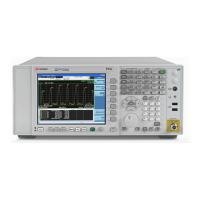
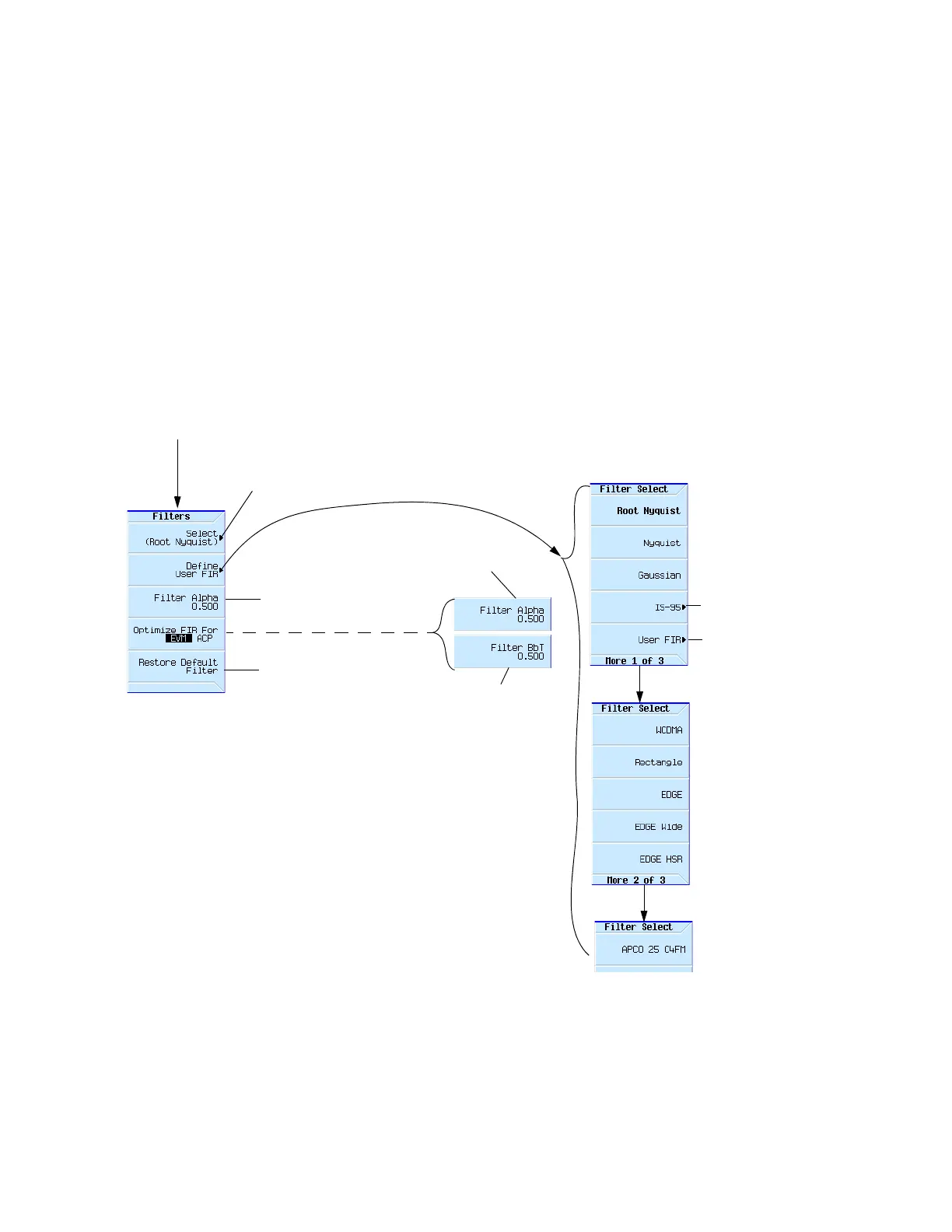